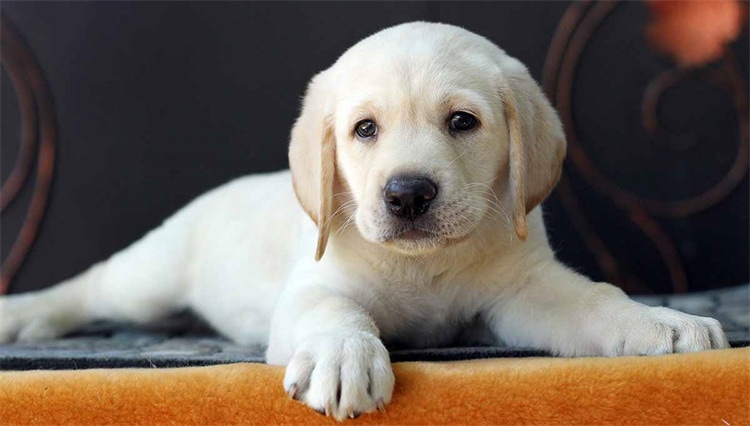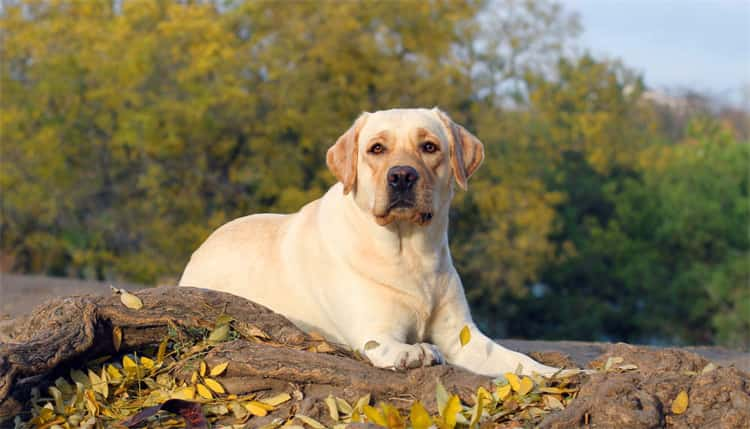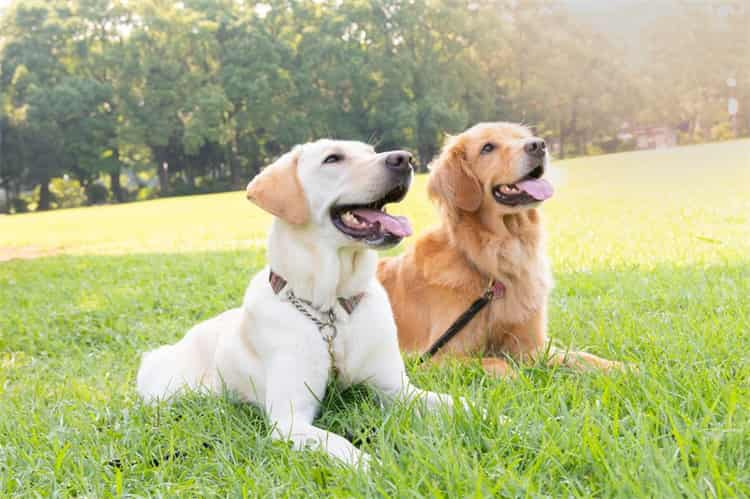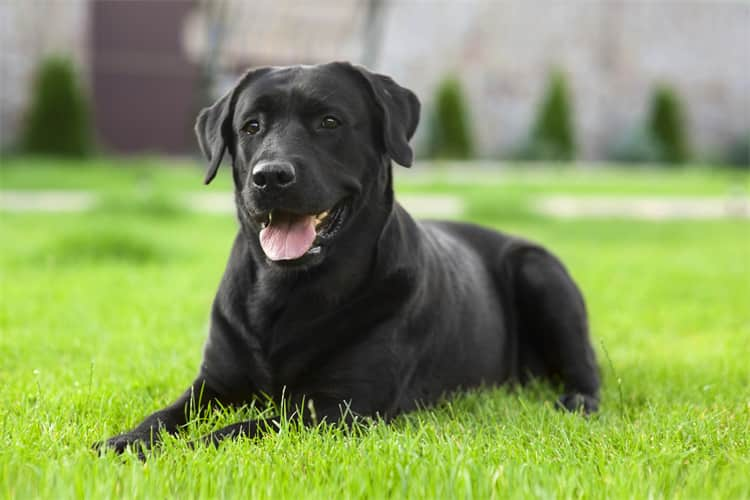Do Labrador Retrievers Shed
Yes, Labrador Retrievers do shed. They are known for shedding their undercoat twice a year, a process often referred to as “blowing coat,” which occurs in spring and fall.
Are you considering bringing a gorgeous, energetic, and lively Labrador Retriever into your house? In addition to their dietary requirements, activity requirements, and preference for head pats over belly rubs, you may be considering your future dog’s Lab coat. Is it necessary to brush them every day, every week, every month, or almost never? How often should you give them a bath? And do Labradors shed a lot, or will there never be any fur in your house?
We’ve put together some helpful ideas to assist you plan for your new fur baby or, if you’re just a lucky Labrador owner and wondering how to handle Labrador shedding.
Do Labrador Retrievers shed their coats?
They do shed a lot, no doubt about it, especially with their double coats. You should know about double coats if you intend to adopt a Labrador Retriever. Although it’s not uncontrollable, labs do shed.
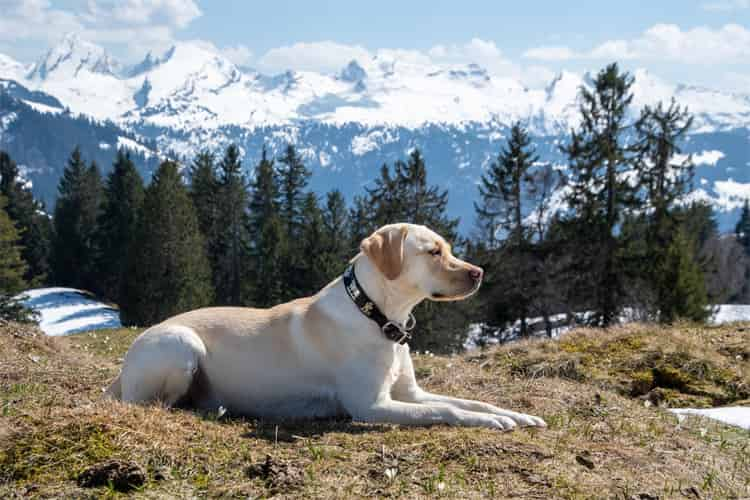
In comparison to other dog breeds, labradors shed a considerable amount of fur. Because they are not as heavy shedders as some other breeds, including the German Shepherd, they are referred to as “medium-shedding” breeds. Labs may be kept well-groomed and have minimal shedding with regular brushing and combing.
During the warmer months, when the dog’s coat is changing from winter to summer, a lot of shedding is typical. Brushing your Lab on a regular basis during this period is extremely crucial as it will assist to eliminate loose hairs and minimize shedding.
Brushing your dog on a daily basis is the greatest thing to do if you feel that they don’t shed enough. In addition to stimulating their coat, which will help it produce more oils and maintain healthy fur, this will aid in the removal of extra fur.
Why do Labradors shed?
Because labradors were initially developed as working dogs. As implied by the word “Retriever” in their name, their primary duties entailed locating and rescuing birds that their owner had shot. Additionally, they helped out with a variety of tasks on fishing boats. Labradors gained the ability to withstand the cold by developing a unique coat from extensive outdoor living.

The term “double coat” refers to this unique coat that Labradors have continued to have. The interior layer is thick, fluffy, and incredibly cozy, while the exterior layer is rugged and waterproof. Labradors’ undercoat, or inner layer, keeps them warm, especially when they swim in chilly water or in the rain.
To summarize, Labradors and other double-coated dog breeds must occasionally shed their thick undercoat to adjust to the shifting seasons. That’s the reason labradors shed so much.
How much and when do Labradors shed?
We won’t sugarcoat the fact that labradors essentially shed all year long, so if you were looking for an occasional shedder, you’re disappointed. You’ll undoubtedly see some hair in your car, on the couch, and pretty much anywhere else your Lab travels.

Fortunately, continuous shedding is very controllable. Things can get a bit hairy, so to speak, when Labs are in the middle of their moulting (or shedding) season.
Twice a year, labradors shed their undercoat, a process known as “blowing coat.” In order to grow a lighter coat before summer and get rid of their thick winter coat, they shed in the spring.
In order to replace their flimsy summer coat with a cozy winter one, they also shed in the fall. The duration of each shedding season is two to three weeks.
Labradors shed a lot during the moulting season. When this occurs, you’ll probably be cleaning up after your lab much more—possibly even every day.
Are Labs More Likely Than Other Dogs to Shed?
Indeed, compared to many other breeds, labradors shed more. Having a double coat is the cause of this. This indicates the presence of an undercoat and a top layer of fur.

The undercoat is meant to keep the Labrador warm, while the top layer is genetically produced to act as a protective layer. It forms a strong barrier of defense between the two for your Labrador. It also implies that your Lab will probably have two significant shedding events where they “blow” their top coat, depending on where you reside.
There are three main color choices for labrador retrievers. These colors are Chocolate, Black, and Yellow.
Black, Yellow, And Chocolate Lab Shedding
Regardless of coat color, all Labrador Retrievers have the same shedding behaviors. Age and lifestyle factors can have an impact on how much a dog sheds.
Compared to chocolate or yellow Labradors, black Labradors often shed less. This is because their coat is darker, which indicates that the fur contains more pigment and is hence less prone to shedding.

However, due to the lighter hue of their coats, yellow and chocolate Labradors tend to shed more than their black counterparts. Although each dog’s level of shedding varies, darker-colored Labs will shed more than their black counterparts.
Regular brushing and grooming can help control the amount of shedding in Labradors. When the coat is changing from winter to summer in the warmer months, this is especially true. You can minimize shedding and maintain a well-groomed Lab with consistent brushing and grooming.
Labrador Retriever Shedding frequency
Labs shed all year long. But you’ll notice that your dog is shedding significantly more than usual when they “blow” their coat twice a year. This applies to all double-coated dog breeds, not just Labs.
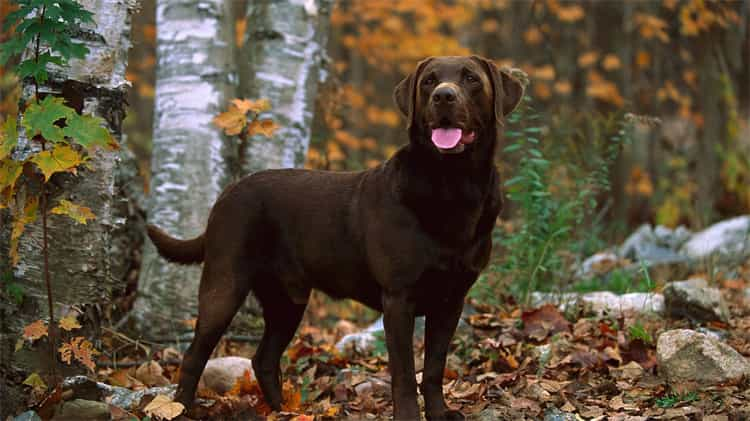
Shedding occurs as a result of seasonal variations. Winter and spring are when you’ll most likely observe excessive dog fur. Having said that, labradors just lose a lot of hair. All year long, they lose their coats. In the off-season, don’t think you’ll be able to relax and cease caring for your puppy. Maintaining your dog’s hair successfully requires routine grooming.
CBD and Labradors
Utilizing CBD oil to lessen dog shedding has become more popular in recent years. It has been demonstrated that CBD oil, a natural oil derived from the cannabis plant, has anti-inflammatory qualities. It can aid in lowering stress levels as well as inflammation, both of which can assist in lowering shedding.

It is crucial to remember that even though CBD oil has certain advantages for dogs, you should never use it without first talking to your veterinarian.
Shedding Triggers
The following is a list of possible causes for your Labrador to be shedding more than normal:
Stress
Shedding is frequently caused by stress. There may be more shedding if your Labrador is stressed out or anxious in any other way. Stress sets up a fight-or-flight reaction in the body, which releases an abundance of hormones that can lead to excessive shedding in dogs. These hormones have the potential to cause significant hair loss in conjunction with elevated cortisol levels.

Hormones
Hormones have a significant impact on shedding. The body sends messages to the hair follicles that might lead them to generate more hair or to cease creating hair altogether when hormone levels change, especially during stressful periods. This may lead to additional shedding than normal.
Seasonal Variations
Fall and spring are when many dog breeds, especially Labradors, shed the most. This is because their hair follicles may become more active as a result of temperature changes and other environmental factors. Your Labrador may also shed more during this time since their body is adjusting to the temperature shift.

Disease
Specific ailments or disorders may also bring on an increase in shedding. If your Labrador has been diagnosed with a serious sickness or disease recently, there’s a good chance that this is the cause of their increasing shedding.
Allergies
Another reason your Labrador may shed more than usual is allergies. Your Labrador’s body may react by generating more hormones if they are allergic to a particular food or environmental element, which may lead to increased shedding.

Nutrition
Increased shedding may also be a result of poor nutrition. Your Labrador may have excessive shedding if their body is unable to develop enough healthy hair follicles due to inadequate vitamin and mineral intake.
Age
An increase in shedding may also occur in older labradors. A Labrador may shed more than usual as they age because their hair follicles may weaken.
Breed
It’s well known that certain dog breeds shed more than others. It is usual for labradors to shed more than other breeds because they are known for doing so.

Medication
Increased shedding may also be a side effect of several drugs. It’s crucial to let your veterinarian know if your Labrador is on any drugs.
Managing Your Lab’s Shedding
Let’s look at a few strategies you might use to control your dog’s shedding:
Brushing
Regular brushing will help prevent shedding by removing some of the loose hairs from your dog’s coat before they become an issue. Brushing your dog once a week or more if they have a particularly thick coat is a good idea.

Using a slicker brush with bristles that are neither too soft nor too firm is the ideal brushing approach. Use lengthy, gentle strokes while brushing in the direction that the hair grows. When grooming your dog, use a comb to remove any knots or mats and brush gently.
Shampoo
Using a dog shampoo that has been carefully developed to remove dirt and debris from the coat will help minimize shedding. Because some shampoos can be excessively harsh for particular fur kinds, be careful to use a gentle shampoo that is appropriate for the coat type of your dog.
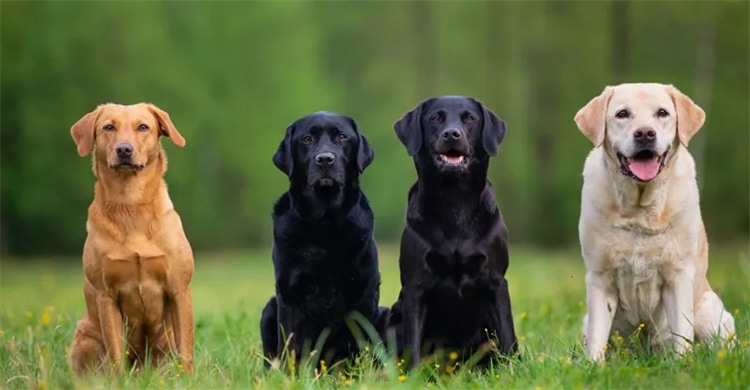
Apply shampoo after wetting your dog’s coat with warm water to give them a bath. Before rinsing with warm water, make careful to massage it into the fur and let it sit for a few minutes. Additionally, certain shampoo formulas, such as those containing oatmeal, aloe, and olive oil, can help lessen shedding.
Nutrition
Additionally, a nutritious diet can lessen shedding. A meal high in essential fatty acids minimizes shedding and promotes the health of your dog’s coat. These fats are present in foods including flaxseed, salmon, and eggs.
Make sure your dog is getting enough protein and other essential nutrients when on a diet. When choosing a commercial dog food, be sure it is appropriate for the size and breed of your pet.

Antioxidants, vitamins, minerals, and healthy fats should all be abundant in a diet. This will guarantee that your dog has adequate energy to maintain an active lifestyle and fend off skin-related problems.
Supplements for the Coat of Your Dog
Many beneficial supplements are available to help enhance your dog’s coat, but before we get started, remember that certain breeds, ages, and conditions may react negatively to certain supplement regimens. Certain supplements may also interact negatively with medications, allergies, and other medical conditions.

The Fatty Acids Omega-3
Skin and coat health are positively impacted by omega-3 fatty acids. These fatty acids can help moisturize and nourish dull coats and dry, flaky skin while also assisting in reducing inflammation. They also support a healthy, glossy coat and lessen shedding.
Vitamin E
Antioxidant vitamin E contributes to a shinier and smoother coat. Additionally, it supports healthy skin and lessens inflammation. Vitamin E is accessible in a variety of forms, including synthetic, natural, and topical applications. Make sure the supplement you choose has natural vitamin E sources like d-alpha-tocopherol. But before adding any vitamin E supplements, make sure to speak with your veterinarian.

Biotin
As a water-soluble B vitamin that promotes skin and hair follicle health, biotin aids in improving coat quality. Enhancing the skin’s suppleness with biotin can lessen shedding and support the growth of a healthy coat.
How to Maintain a Clean Home
Although cleaning up dog hair can be difficult, there are a few things you can do to make the process go more smoothly.
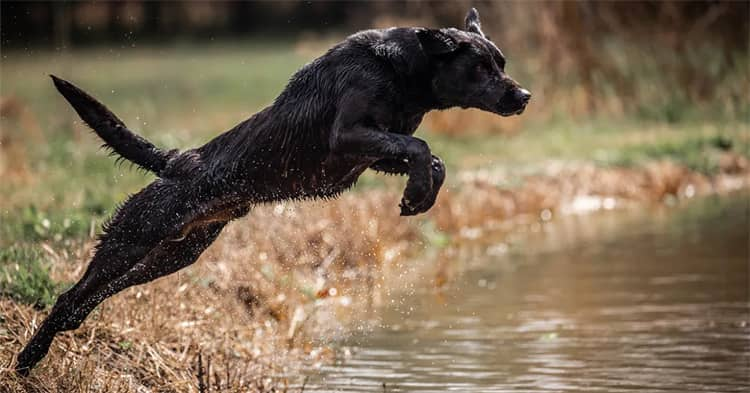
- Regular grooming will cut down on shedding. To help minimize shedding, you might need to groom your dog every day or every week, depending on the breed.
- Regularly vacuum your floors. If you want to get rid of pet hair from carpets and rugs, you need a decent vacuum.
- Work using a lint roller. Dog hair may be effectively removed from clothing, furniture, and other materials with lint rollers.
- Make use of a microfiber cloth to clean surfaces. On hard surfaces like tables and counters, pet hair and other dirt can be easily removed with a damp microfiber cloth.
- Apply a pet hair removal solution.
Wrapping Up
Although labradors shed, this isn’t always a terrible thing. You can help keep your dog’s coat healthy and lustrous by controlling the shedding process with a little work and the correct vitamins. Don’t give up if you have a lab, then. You can maintain the happiness and health of your Labrador with a little more attention. It’s crucial to ensure your dog is safe for any supplements you start by speaking with a veterinarian.

